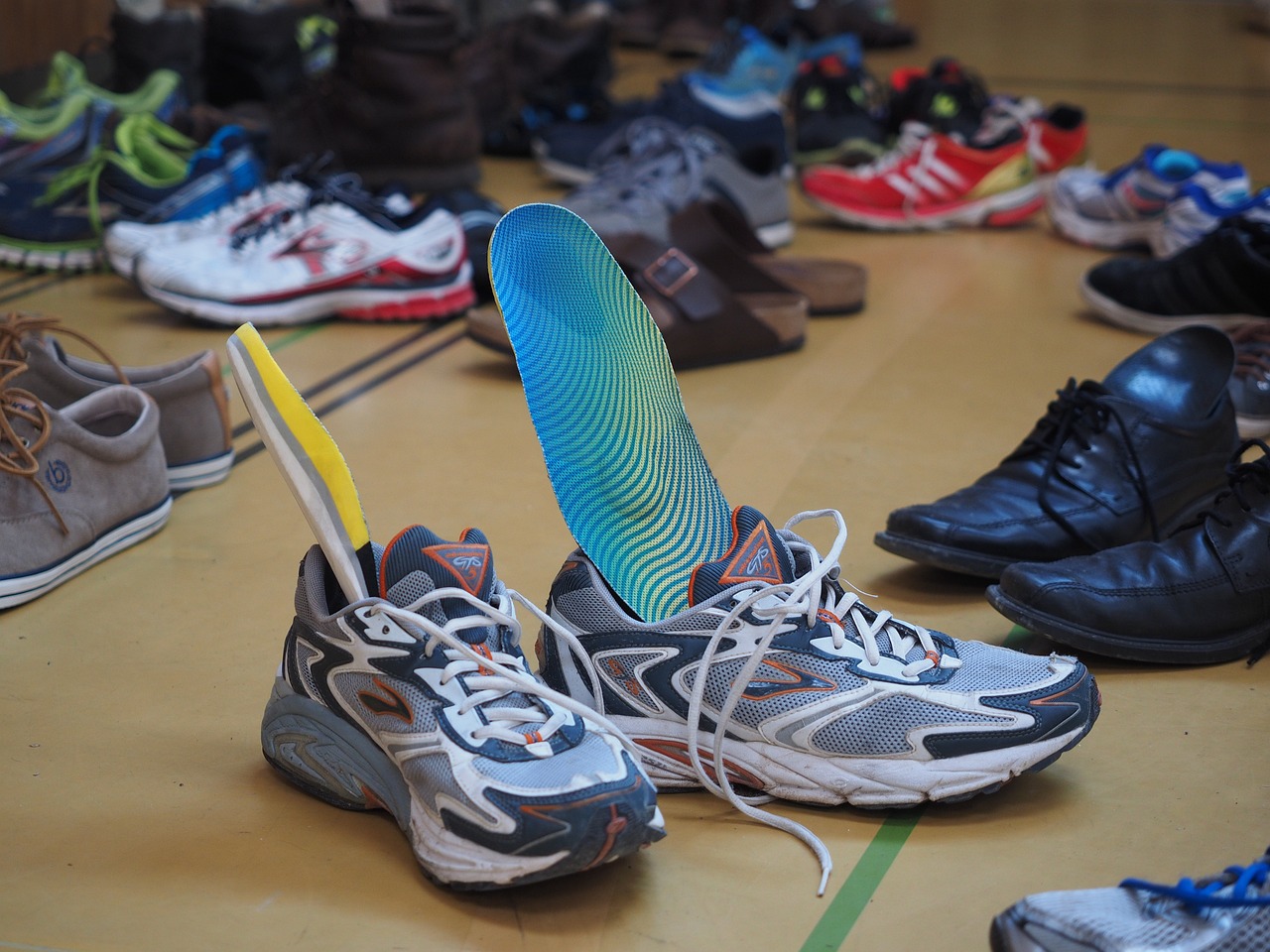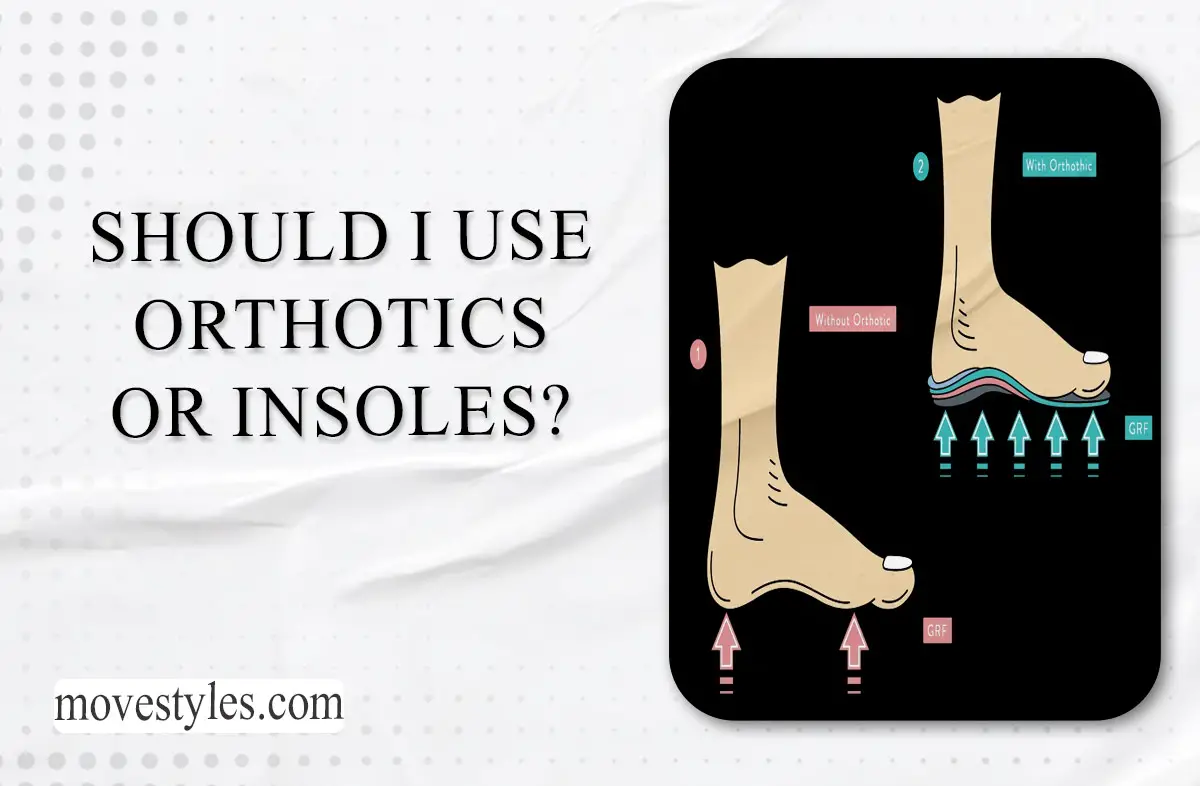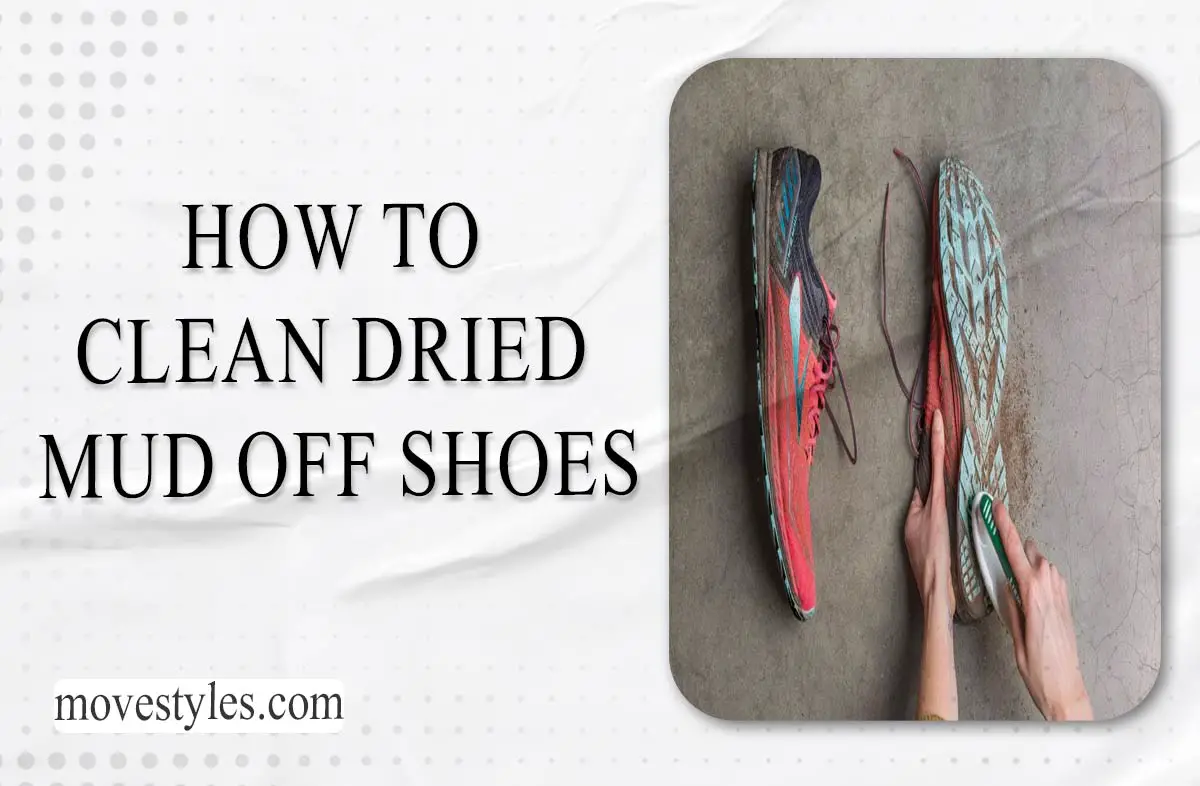When it comes to providing the best care for your feet, choosing between orthotics and insoles can be a bit confusing. Both options offer support and comfort, but they serve different purposes.
Today we’ll explore the differences between orthotics and insoles, their benefits, and help you determine which one is the right fit for your unique needs.
Orthotics Vs Insoles
Orthotics and insoles are both designed to provide support and comfort for your feet, but they have distinct differences. Let’s delve into what sets them apart:
Orthotics: Tailored Support for Specific Conditions
Orthotics are custom-made inserts prescribed by a medical professional to address specific foot conditions and biomechanical issues.
These inserts are designed to correct irregularities in foot structure, alleviate pain, and enhance overall foot function. If you have conditions like plantar fasciitis, flat feet, or bunions, orthotics might be the ideal choice for you.
You may also like: Best Shoes for Mud Run
Insoles: Generalized Comfort and Cushioning
Insoles, on the other hand, are mass-produced inserts that provide additional cushioning and support inside your shoes. They offer a more generic solution, catering to general comfort needs rather than specific foot issues.
Insoles can be beneficial for reducing fatigue during prolonged periods of standing or walking and can be easily inserted into various types of footwear.
The Benefits of Orthotics
Orthotics offer a range of benefits that make them a preferred choice for individuals with specific foot conditions:
- Targeted Support: Orthotics are customized to address your unique foot structure and condition, providing precise support where you need it most.
- Pain Relief: By correcting misalignments and reducing pressure on certain areas of the foot, orthotics can alleviate pain caused by conditions like plantar fasciitis, arthritis, and more.
- Improved Biomechanics: Orthotics can enhance the way your feet function, improving gait and reducing the risk of developing further issues.
The Benefits of Insoles
Insoles also offer several advantages, especially for individuals without specific foot conditions:
- Enhanced Comfort: Insoles provide an extra layer of cushioning, making your shoes more comfortable for extended periods of wear.
- Shock Absorption: The cushioning effect of insoles helps absorb shock while walking or running, reducing the impact on your feet, knees, and lower back.
- Affordability and Convenience: Insoles are readily available and can be easily replaced when worn out, making them a cost-effective solution.

Should I Use Orthotics or Insoles for Sports and Activities?
When it comes to engaging in sports and physical activities, the choice between orthotics and insoles depends on various factors:
- Orthotics for Sports: If you have specific foot issues that affect your performance or cause discomfort during physical activities, custom orthotics can provide the tailored support you need. They can improve stability, balance, and prevent injuries associated with your condition.
- Insoles for Sports: If you’re engaging in sports that involve high impact and require extra cushioning, such as running or basketball, specialized sports insoles can enhance shock absorption and reduce the strain on your joints.
Conclusion
The choice between orthotics and insoles depends on your individual needs. If you have specific foot conditions or alignment issues, orthotics can offer personalized support and pain relief. On the other hand, if you’re looking for general comfort and cushioning, insoles might be the more suitable option.
Frequently Asked Questions
Can I use over-the-counter insoles with orthotics?
It’s advisable to consult a medical professional before combining orthotics with over-the-counter insoles, as it might alter the support provided by the orthotics.
How long do orthotics and insoles last?
Orthotics typically last around 2 to 5 years, while insoles may need replacement every 6 to 12 months, depending on usage and quality.
Are orthotics only for people with foot pain?
While orthotics are commonly used to alleviate foot pain, they can also help individuals with alignment issues or those seeking improved comfort and biomechanics.
Can I transfer orthotics between different pairs of shoes?
Yes, you can transfer custom orthotics between shoes, provided they fit properly and offer the same level of support.


![How to Clean Suede Shoes? [A Comprehensive Guide]](/uploads/how-to-clean-suede-shoes.jpg)



![What are Reps In Shoes? [Guided 2023]](/uploads/what-are-reps-in-shoes.jpg)
![Can I Wear High Heels After Bunion Surgery? [Health Care]](/uploads/can-i-wear-high-heels-after-bunion-surgery.jpg)